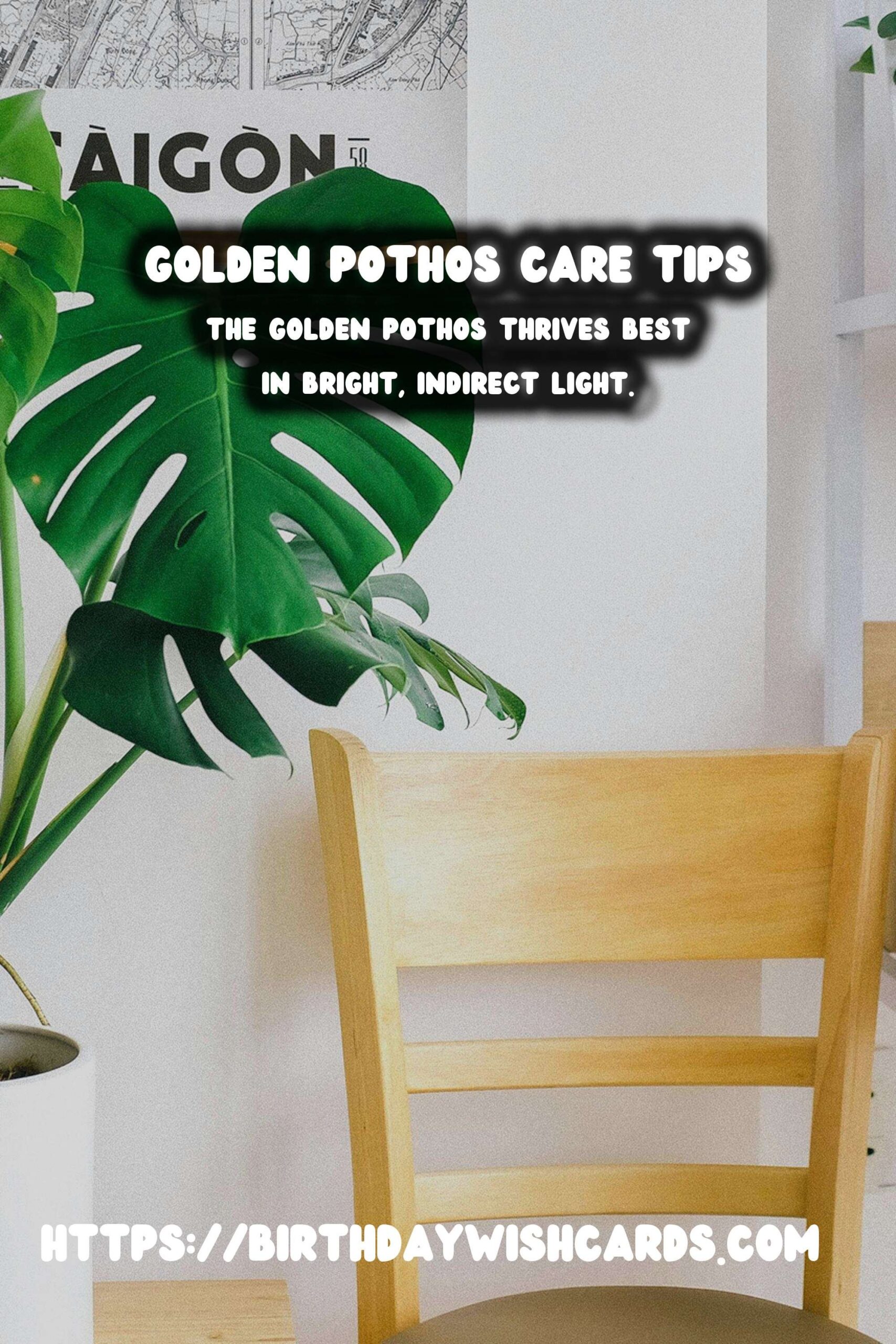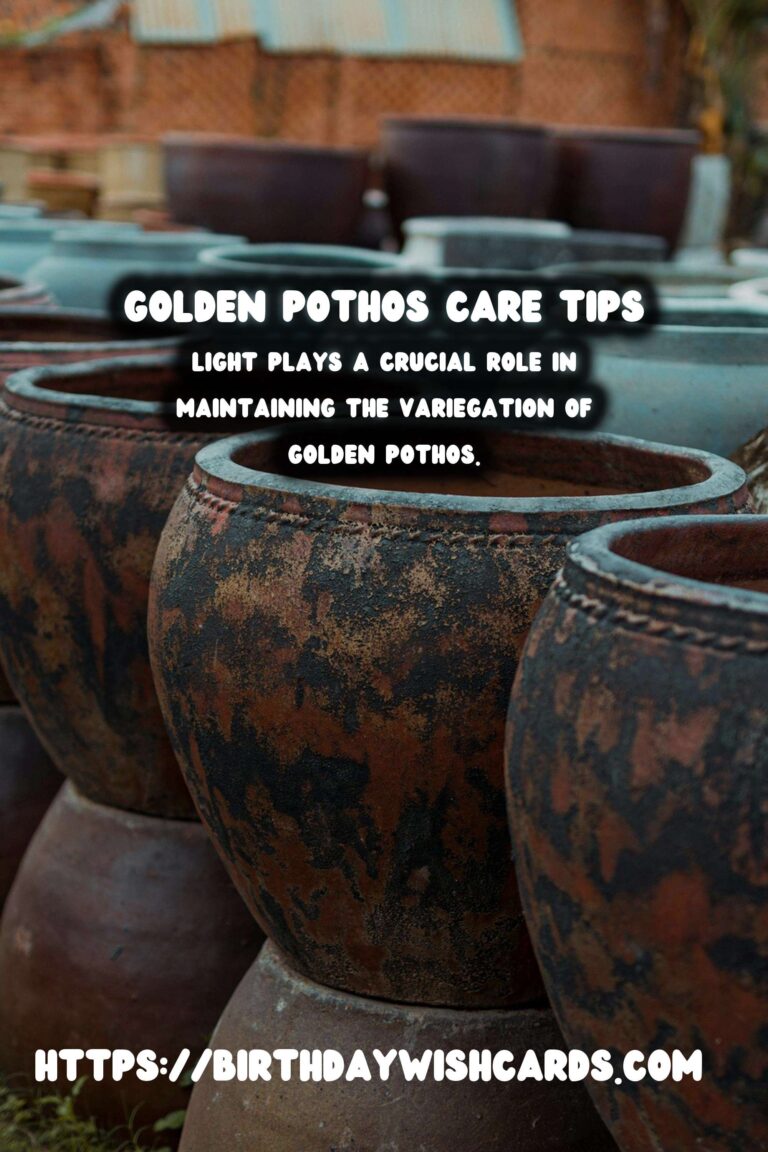
The Golden Pothos, also known as Epipremnum aureum, is a popular houseplant cherished for its striking variegated leaves and its resilience in a variety of indoor environments. However, one of the key factors in maintaining the beautiful variegation of this plant is ensuring it receives the proper amount and type of light.
Understanding Variegation in Golden Pothos
Variegation refers to the unique patterns and colors found on the leaves of the Golden Pothos. These patterns are due to the presence of different pigments in the leaf tissue. The variegated sections often have less chlorophyll than the green sections, meaning they are less efficient at photosynthesis.
To keep these vibrant colors and patterns, it is crucial to provide your Golden Pothos with the right lighting conditions. Insufficient light can cause the variegated sections to lose their colors and revert to green, as the plant tries to increase its photosynthetic efficiency.
Types of Light Suitable for Golden Pothos
The Golden Pothos thrives best in bright, indirect light. This type of lighting mimics the dappled sunlight that filters through the canopy of a tropical rainforest, which is the plant’s natural habitat. Direct sunlight can scorch the leaves, while too little light can lead to a loss of variegation.
Place your Golden Pothos near a window that receives bright, indirect sunlight throughout the day. East or north-facing windows are typically ideal. If natural light is insufficient, consider using artificial grow lights that can provide the spectrum of light the plant needs to maintain its vibrant colors.
Effects of Light on Variegation
Light plays a crucial role in maintaining the variegation of Golden Pothos. With adequate light, the plant can maintain its distinctive patches of cream, yellow, and green. In contrast, low light conditions can lead to fading colors and a predominance of green as the plant compensates by producing more chlorophyll to capture more light.
It’s important to regularly monitor the plant’s exposure to light and adjust its placement as needed. During the winter months, when daylight hours are shorter, you may need to move your plant closer to a light source or use supplemental lighting to maintain its health and appearance.
Signs Your Pothos Needs More Light
Several signs indicate that your Golden Pothos may not be receiving enough light. These include slow growth, smaller leaves, and a significant reduction in the variegation of the leaves. If you notice these signs, gradually move your plant to a brighter location to avoid shocking it with a sudden change.
Additionally, pay attention to the direction your plant’s leaves are facing. Leaves that are consistently turning towards a light source may indicate that the plant is reaching for more light, suggesting that its current positioning is not ideal.
Conclusion
Maintaining the variegation in Golden Pothos requires careful attention to its lighting needs. By providing bright, indirect light and monitoring the plant’s response, you can ensure it remains a stunning addition to your indoor plant collection. Remember, every plant is unique, and finding the perfect balance of light may take some time and adjustment.
The Golden Pothos thrives best in bright, indirect light. Variegation refers to the unique patterns and colors found on the leaves of the Golden Pothos. Insufficient light can cause the variegated sections to lose their colors and revert to green. Place your Golden Pothos near a window that receives bright, indirect sunlight throughout the day. Light plays a crucial role in maintaining the variegation of Golden Pothos.
#GoldenPothos #PlantCare #Variegation #IndoorPlants #Houseplants

